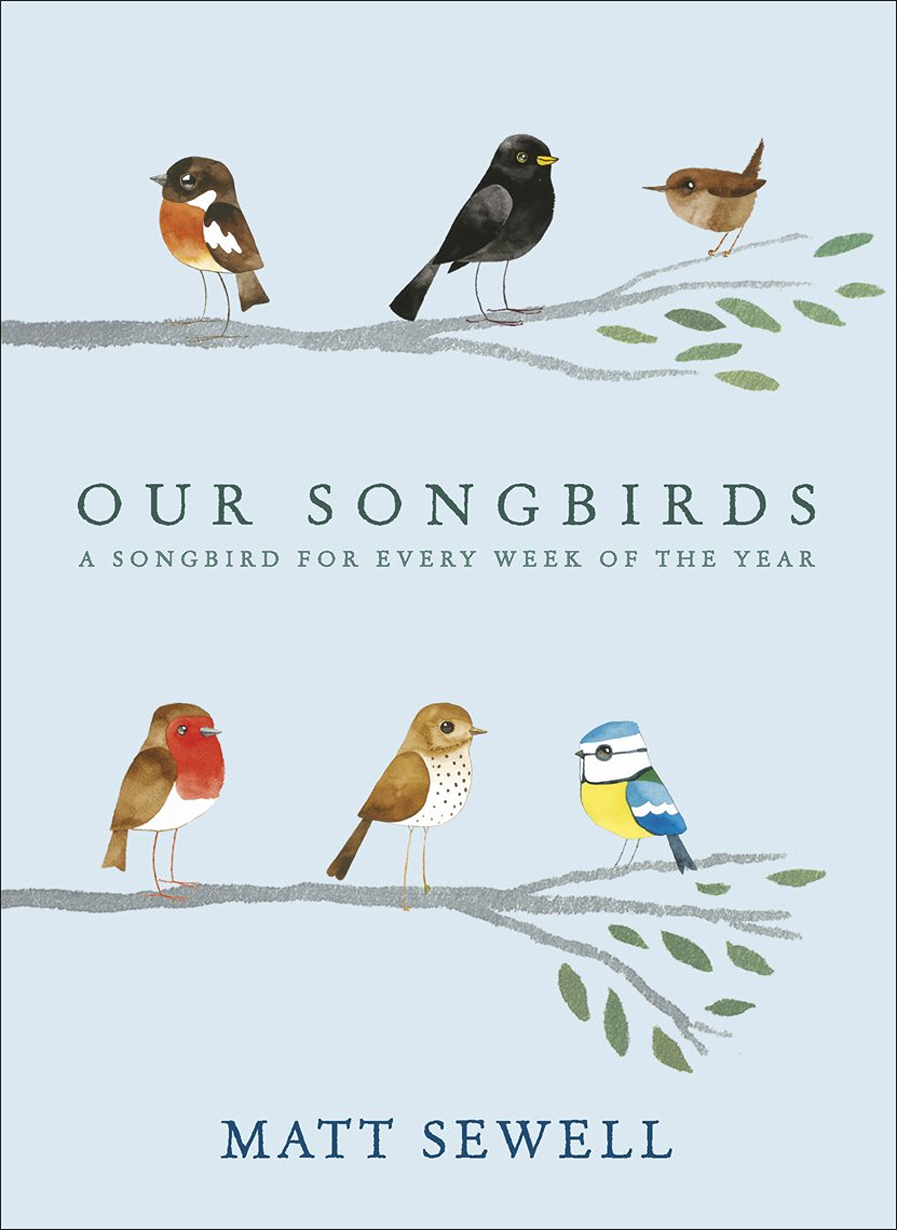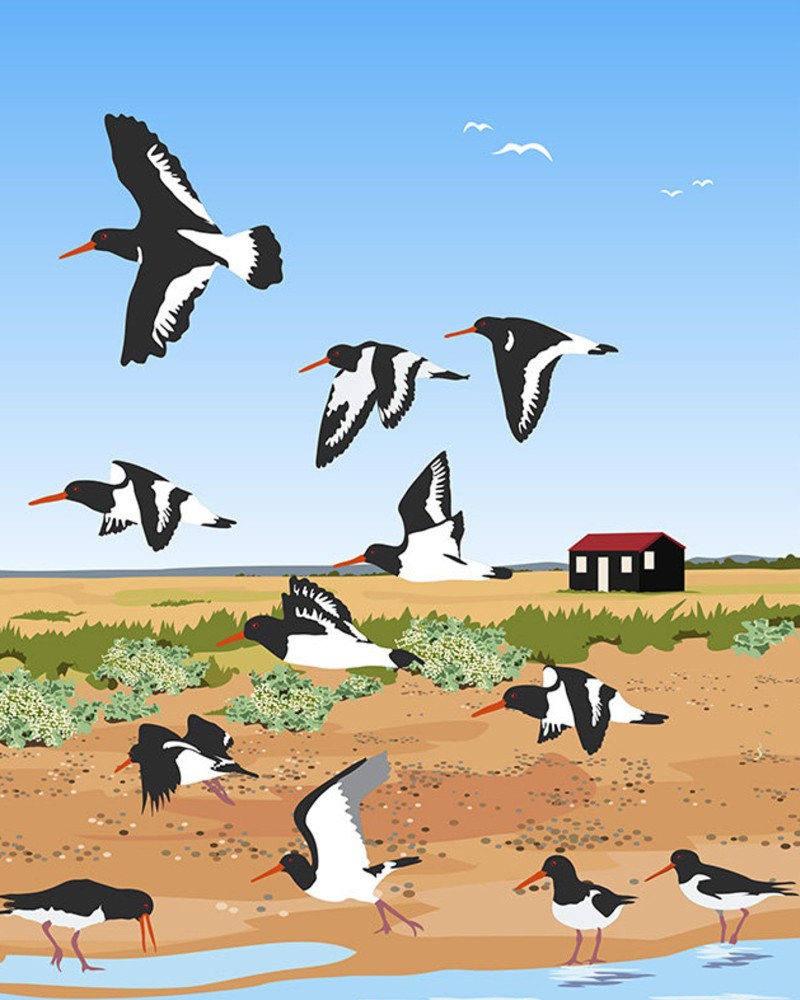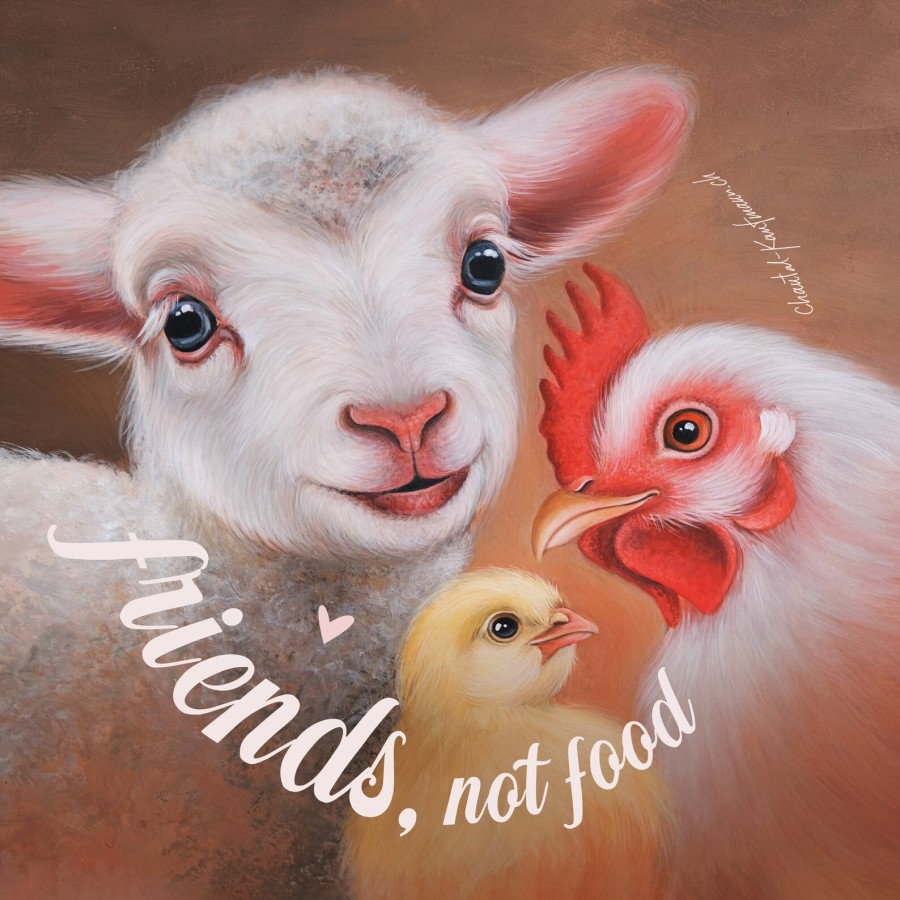Take Time to Listen to Charming Birdsong

Tuning in to the sounds of wild birds is one of life’s simplest pleasures. Their songs break through city noise and daily stress. If you stop for a moment and let yourself listen, you’ll notice how bird calls bring calm and spark a quiet sort of wonder.
Nature writer Stephen Moss says birdsong is simply for males to say ‘keep out’ and females are singing ‘come in’, if she’s interested!
Males sometimes fly thousands of miles from Africa. Then on arrival, begin to sing for hours, to find a mate. Most songbirds don’t live long. So if they don’t find a mate, they may never breed.
Don’t play birdsong near birds, it can attract predators. Read more on safe havens for garden birds.
Our Songbirds is a beautifully illustrated guide to England’s songbirds, by pop artist Matt Sewell. This enchanting volume has lovely art and accompanying descriptions like the peewit (‘sings the blues’) and the bittern who fills his neck ‘like a tweed pair of bellows’.
If there’s one type of bird I have a strong affinity with, it’s the singy songy fellow. They kind of wake up the world with their vocals. It’s a little know fact, but that’s not them getting up you know.
It’s them not having been to bed, yet. Often they’ve had a drink too. They’re feathery show-offs.
Birds using using a special organ called a syrinx (like our larynx, but with two tubes like an upside-down Y where air flows over vibrating tissue to generate sounds).
The Song Thrush: A Most Tuneful Garden Bird!

The song thrush is a common sight in England’s parks and gardens. Its clear repeating song and bold brown speckled feathers, make this bird easy to spot and recognise.
But there is far more to these beautiful birds, than meets the eye. Let’s learn how interesting the song thrush really is.
How to Help England’s Songbirds
- Report broken street lights at Fix My Street and ask your council to install wildlife-friendly lighting). This stops birds waking up at midnight, due to light pollution (affects feeding and breeding).
- Keep cats indoors at dusk and dawn.
- Never give garden birds stale, mouldy or crusty bread (can choke) nor buttered bread (fat smears on feathers, affecting weatherproofing and insulation). Also don’t feed nuts to baby birds (buy proper feeders from garden centres with knowledge). Creating natural habitats is best (read our post on pet-friendly gardens).
- Never use bright or tin bird houses (overheat and attract predators)
- Turn off indoor lights when not in use, and don’t face foliage to face gardens. Read more on how to stop birds flying into windows.
Reconnect with Nature in Your Backyard
You don’t need a trip to the countryside or a nature reserve to hear birds sing. Step outside to your garden, balcony or local park and you’ll probably notice a surprising variety of calls and melodies.
Even in city centres, blackbirds, robins and wrens will make themselves heard above car horns and chatter. Letting these sounds in helps you feel closer to the natural world, no matter where you live.
Reduce Stress and Feel Calmer
A few minutes spent listening to birds can do wonders for your head. Recent studies show that bird song can lower feelings of anxiety and stress.
Instead of scrolling your phone, try pausing to soak up the lazy afternoon calls of house sparrows or the chattery song of blue tits. Your heart rate may slow and your mind may settle, making it easier to face the rest of your day.
Sharpen Your Senses, Grow More Mindful
Paying attention to bird sounds sharpens your listening skills. You start to hear differences between species, the rise and fall of their songs and even their secret messages to each other.
This kind of careful listening makes you more present and mindful, turning a ten-minute walk into an exercise in curiosity. The world feels bigger and richer when you notice what’s always been there.
Learn to Tell Birds Apart by Their Songs

Not all birds sing (storks make a mild clatter!) but half the world’s 10,000 species of birds are songbirds. Some sing naturally, others learn songs from their parents. Find a list of over 200 melodies at British birdsongs.
Song thrushes have clear repeating songs. Due to lack of habitat, they are now endangered (they love snails, so always choose non-toxic humane snail/slug deterrents).
They are responsible for the dawn chorus (mistle thrushes are forgetful, so tend to end songs quickly, as they can’t remember the ending!) And wood thrushes can sing rising and falling notes at the same time, something that humans could never do!
Blackbirds have early-morning low-pitched songs (like flutes). They don’t repeat verses, so each song is different!
Bring a Bit More Joy into Your Routine
Bird song works its way under your skin and quietly lifts your spirits. A dawn chorus in spring or a wren singing on an autumn day can feel like a gift.
Make a habit of opening your window while you brew coffee or taking your lunch break outside. Small changes like these let birdsong become a soundtrack to your everyday life, washing a bit of positivity through your routine.
Support Local Wildlife, Just by Listening
When you pay attention to birds, you start to care about their world. Noticing their presence often leads to small steps, like leaving wild corners in your garden.
Even something as simple as keeping a bird diary can connect you to the cycles of your local area. This gentle awareness helps both you and the birds thrive.
Reasons Why Birds Sing?
Nature writer Stephen Moss says birdsong is quite simple: males are singing ‘keep out’ to other males and females are singing ‘come in’ if she’s interested. Males sometimes fly thousands of miles from Africa, and then on arrival, start singing (sometimes for hours) to find a mate. Most songbirds don’t live long, so if they don’t find a mate, they may never get the chance to breed.
Some birds are now waking up at midnight to sing, thinking it’s dawn (due to light pollution from car parks etc). This in turn affects feeding, breeding and sleeping habits.
Report broken street lights at Fix My Street (complaints are sent publicly to councils) and ask your council to install wildlife-friendly lighting (orange hues have longer wavelengths, so are better than blue-hued lights).
Books to Learn More about Birdsong
- The Cello and the Nightingale is the remarkable story of a nightingale who would join in to perform a duet in a Surrey garden with cellist Beatrice Harrison. From 1924 to 1942, over a million people listened to her play songs with these amazing birds.
- The Nightingale is written by a conservationist and folk music scholar, who studies the sweet song of a bird that has inspired musicians, writers and artists. Includes conservation concerns.
- Singing Like Larks is a charming book that shows how folk songs have been influenced by birdsong for many years.
At first glance, nightingales look as humble and modest as a farm labourer. Medium-size and plain brown all over, wing feathers ribbed like a corduroy jacket. But the moment they open their beaks, the world is alight with an unparalleled majesty of sound.
Take time to listen to songs brought to you by:
- Blackbirds – these early risers have short low-pitched songs like flutes. They don’t repeat verses, so each song is different!
- Song thrushes are responsible for the early-morning dawn chorus, with loud ‘verses’ they repeat several times. Mistle thrush songs are similar, but they’re a bit forgetful so tend to end songs quickly, when they trail off and can’t remember the ending!
- Robins (they don’t live that long – your ‘annual returning robin’ is likely the son or grandson of the one you saw last year) also like to sing early mornings. Their call has ‘rippling’ notes and whistles, and they sing all year (unlike most birds). Similar dunnocks (small and grey) have lovely high-pitched melodies.
- Warblers sing in long verses of different notes, and again are similar to someone playing a flute. Blackcaps (migrant warblers) also have clear flute-like notes. Another ‘dawn chorus’ bird is chiffchaff, who likes to add extra notes when he feels like it!
- You’ll also find lovely songs by blue tits, great tits and coal tits. And you’ll enjoy listening to chaffinches and greenfinches. Despite their tiny size, wrens give out high-pitched whistles.
- Northern Cardinal birds can play more notes than on a piano, in just one-tenth of a second! Wood thrushes can sing falling and rising notes at the same time, something no human could ever do!
Chaffinches (with a most melodic song!)
Chaffinches common in England, and also the national birds of Finland! These colourful birds have beautiful bright and earthy plumage, the male having rosy pink cheeks and breast, the females are more brown-grey, to blend in during nesting season, whilst laying on her eggs.
The song of the chaffinch is divine, very melodic, and bound to cheer up anyone. One birdwatcher describe it as a combination of ‘trills, chirps and whistles’.
Chaffinches ideally choose forests, woodlands and orchards to live, with lots of trees for food and nesting. Most live for a few years.
They like to eat wild seeds from trees (pine, beech, alder) and when breeding, also eat caterpillars and insects, to get protein for growing chicks.
A Coffee Brand to Help Songbirds

Bird & Wild sells shade-grown coffee (that lets farmers grow organically and earn income from other crops) with profits helping songbird charities.
Avoid caffeine for pregnancy/nursing, and use a sink protector mat to stop coffee grounds clogging drains. Just bin grounds to naturally break down (acids could harm compost creatures).






